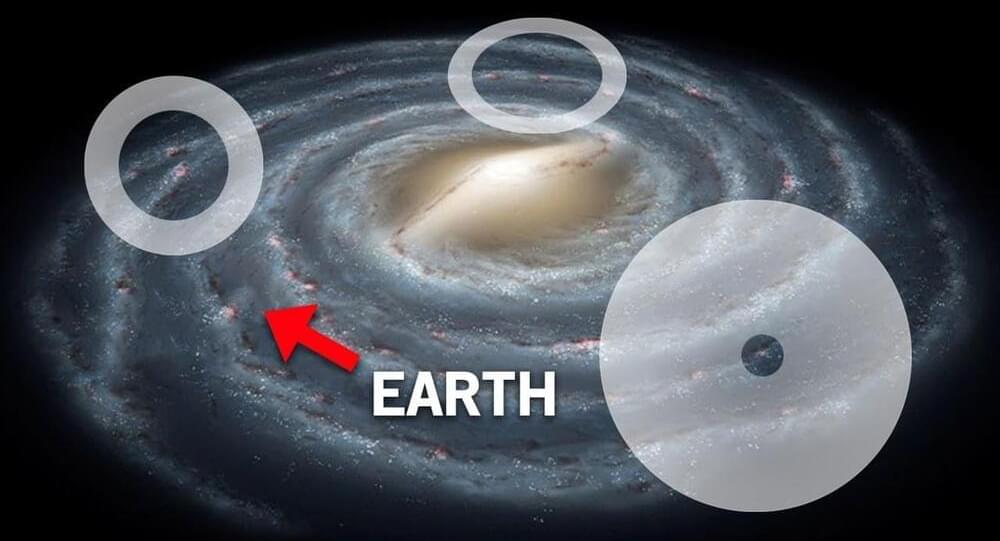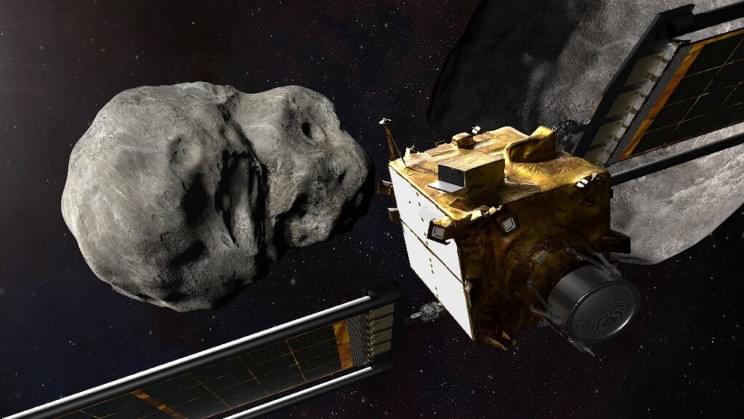Nov 17, 2021
To Save Earth, NASA Is Testing Hitting An Asteroid With A Spacecraft
Posted by Gemechu Taye in categories: asteroid/comet impacts, existential risks, satellites
“We know of no asteroids that are coming in to hit the Earth,” Rivkin emphasizes. DART, he says, is part of a multi-pronged effort to examine the asteroid collision problem. “Asteroid impacts are really the only natural disaster that humanity can see coming years or decades in advance and do anything about.”
NASA calls DART its “First Planetary Defense Test Mission.” Rivkin is the DART investigation team lead at Johns Hopkins University’s Applied Physics Laboratory, which is running the experiment for NASA.
Full Story:
Continue reading “To Save Earth, NASA Is Testing Hitting An Asteroid With A Spacecraft” »


















